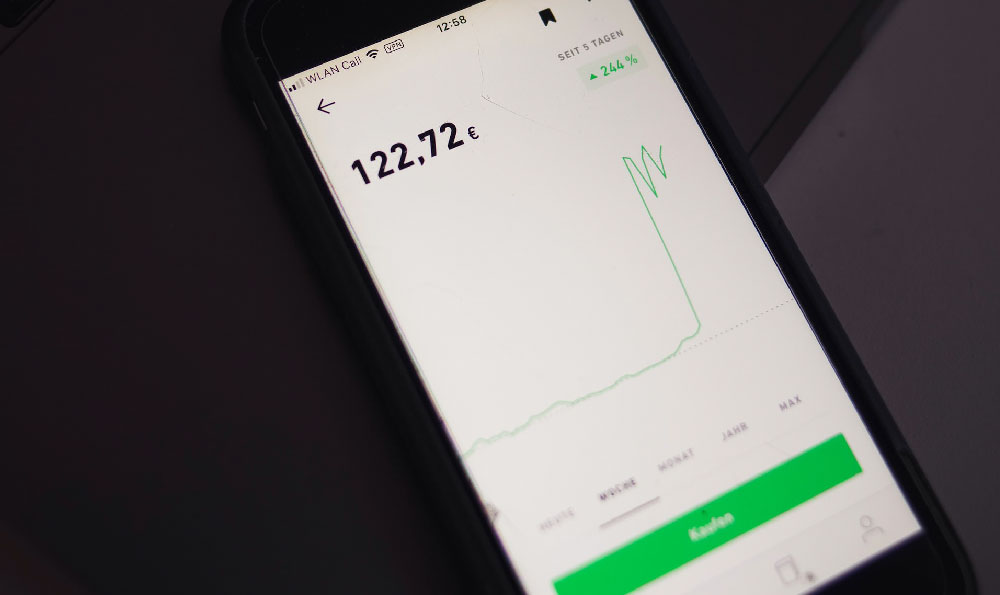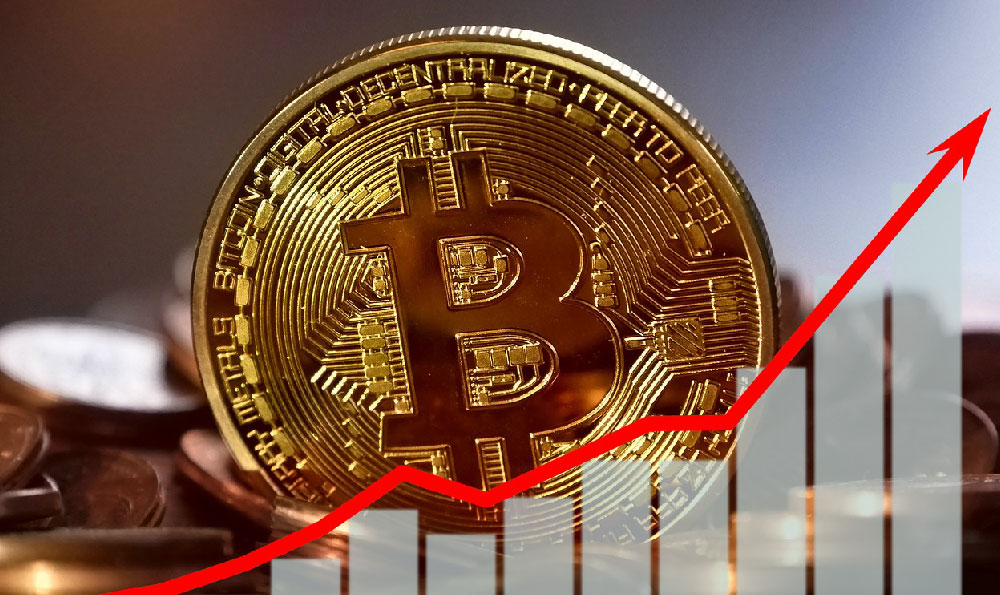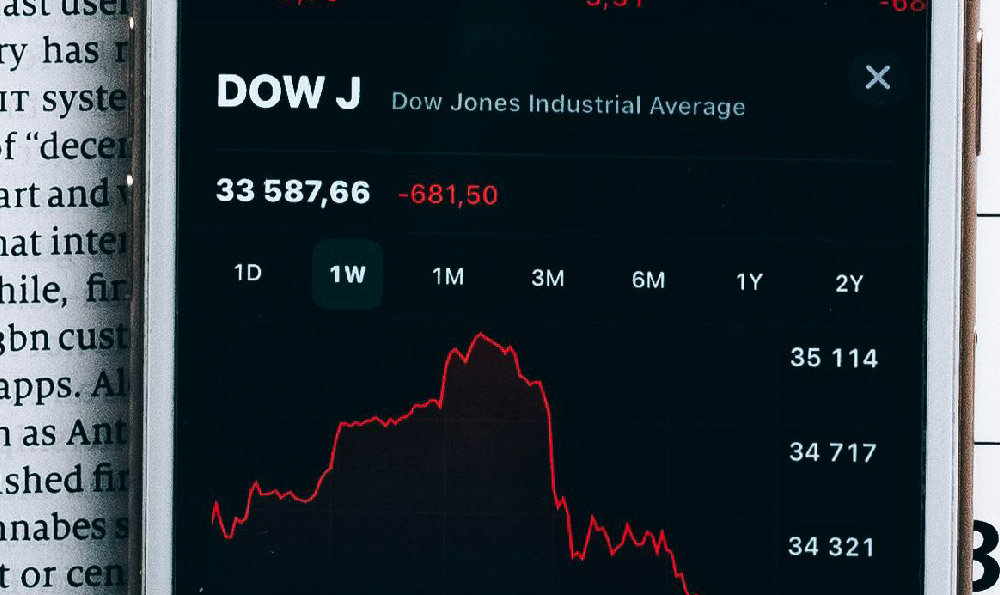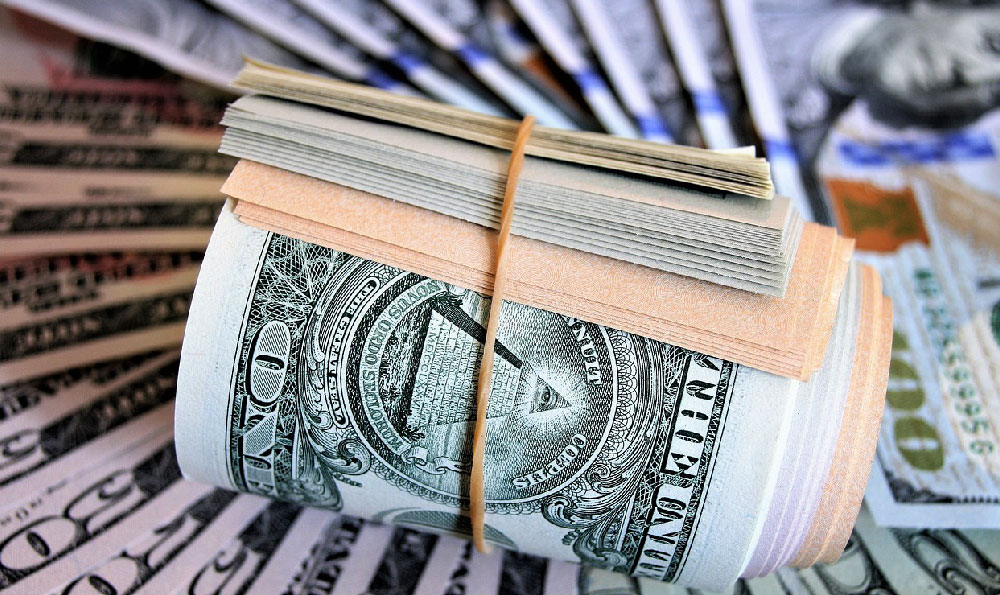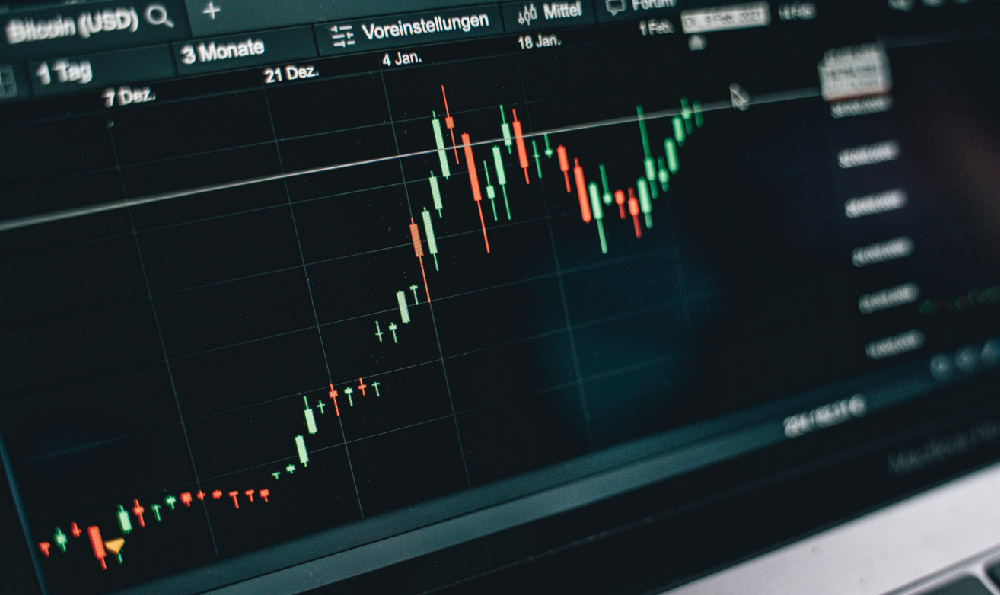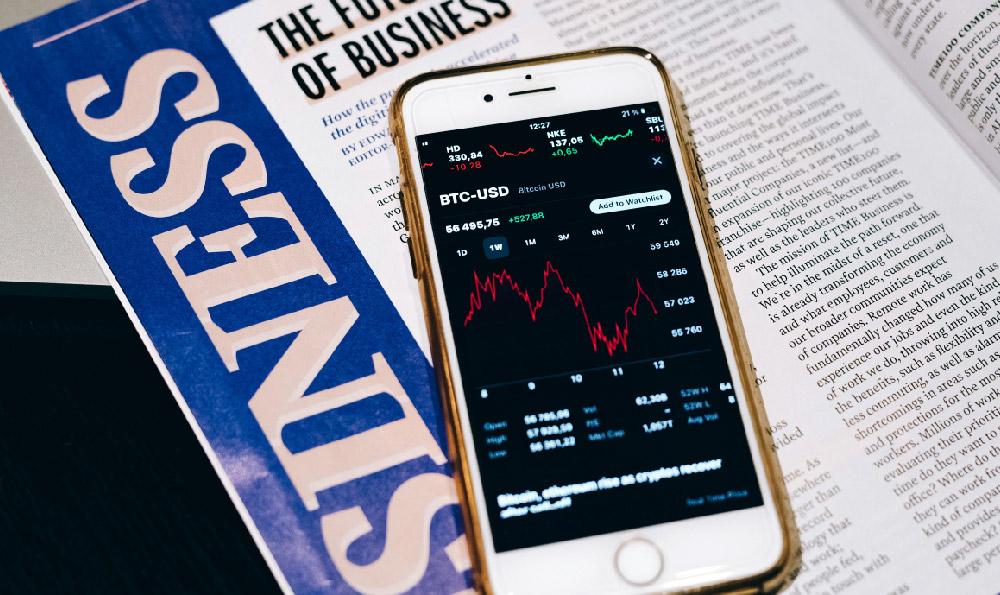Uber drivers' daily earnings can vary widely depending on a combination of factors including location, driving habits, vehicle type, and market conditions. In major metropolitan areas where demand for rides is consistently high, such as New York City, Los Angeles, or San Francisco, drivers often report higher income potential compared to smaller cities or rural regions. However, this does not mean that earnings are uniform even within these urban hubs, as differences in traffic patterns, surge pricing frequency, and passenger behavior can drastically impact a driver's bottom line. For example, a driver in Manhattan might earn significantly more during the evening rush hour than during a quiet afternoon, while a driver in a suburban area might rely more heavily on weekend bookings or late-night shifts to maximize revenue. The variability in earnings is further compounded by the dynamic nature of Uber's pricing model, which adjusts fares based on supply and demand in real-time, creating opportunities for higher pay during peak hours but also periods of lower compensation when demand is low.
Another critical factor influencing daily earnings is the driver's ability to optimize their time on the road. While Uber offers the flexibility of setting one's own schedule, maximizing income requires understanding when and where demand is highest. This often involves analyzing historical data on ride volume and surge pricing in specific regions, as well as adapting to seasonal trends—such as increased demand during holidays or inclement weather. Additionally, drivers who maintain high passenger satisfaction ratings may receive bonuses or priority in matching with rides, further contributing to their income. However, even with these advantages, the financial viability of Uber driving depends heavily on the driver's commitment to consistency, as sporadic shifts or limited availability can reduce the number of potential earnings opportunities.
The type of vehicle a driver uses also plays a significant role in determining how much they can earn. While economy cars may be sufficient for some, SUVs or luxury vehicles can attract higher-paying passengers, particularly for services like Uber Black or UberXL. In cities where roads are congested, vehicle efficiency in navigating traffic can directly impact the amount of time spent waiting for rides, which in turn affects overall earnings. Moreover, drivers who choose to invest in newer, more fuel-efficient vehicles may benefit from reduced operating costs, allowing them to retain a higher percentage of their revenue even if the base fare does not change. However, the initial cost of acquiring a vehicle and its ongoing maintenance expenses must be factored into the financial equation, as these can influence the net profit a driver generates from their daily work.

It is also essential to consider the broader economic and regulatory environment in which Uber operates. Factors such as fuel prices, vehicle registration costs, and insurance premiums can all impact a driver's net income. In regions where fuel costs are particularly high, drivers may need to adjust their strategy to account for these expenses, such as choosing routes with higher demand during times when fuel prices are relatively low. Additionally, changes in local regulations, such as restrictions on ride-hailing services or increases in driver obligations, can alter the financial landscape for Uber drivers in specific areas. For instance, cities that impose higher minimum fares or stricter driver qualifications may see Uber drivers earn less per ride compared to areas with more favorable conditions.
The degree to which drivers can earn through Uber is further influenced by their ability to manage their time effectively and adapt to changing conditions. While the platform provides tools like real-time maps and ride request notifications, the ultimate success of a driver depends on their capacity to balance these opportunities with their personal and professional responsibilities. For example, a driver with a stable income from other sources might choose to work only a few hours a day on Uber, whereas someone relying heavily on ride-hailing income may need to commit more time to ensure a steady cash flow. Additionally, drivers who are willing to take on more diverse types of trips, such as long-distance or airport pickups, may earn more per ride but also face additional challenges like longer travel times or higher fuel consumption.
In conclusion, while Uber drivers can generate substantial income in certain regions and under favorable conditions, their daily earnings are the product of a complex interplay of factors. From the geographic location and driving hours to the vehicle type and market dynamics, every decision a driver makes contributes to their overall financial outcome. Understanding these variables and developing a strategic approach to managing them can help drivers maximize their earnings and achieve greater financial stability through their work with Uber. However, it is also important to recognize the inherent challenges and limitations of the profession, as the income potential is often tied to external forces beyond a driver's control. Ultimately, the answer to how much Uber drivers earn daily depends not only on the platform's structure but also on the driver's adaptability, commitment, and ability to navigate the ever-changing landscape of the ride-hailing industry.


